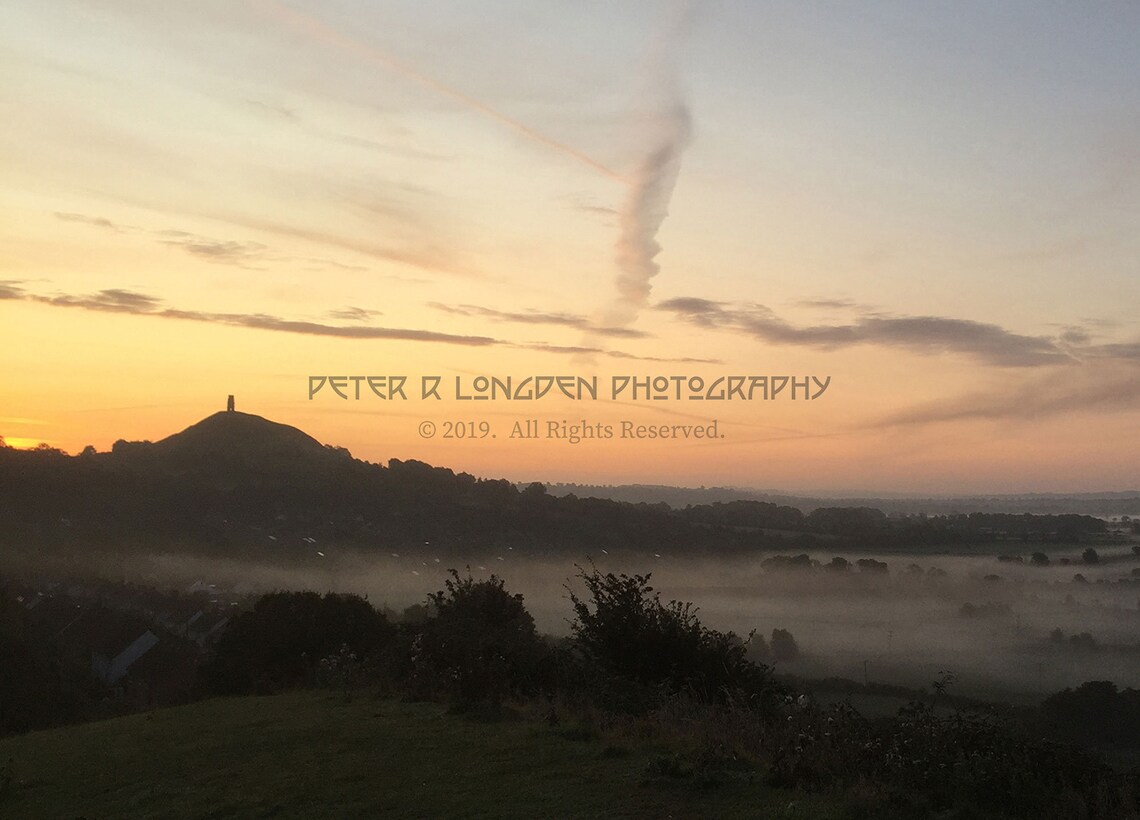

"All that low-lying land would have been inundated," she says, gesturing at the Levels. We're standing on Glastonbury Tor, the tower-topped hill that's well known to fans of the famous music festival. "Back in medieval times, this view would have been very different," explains tour guide Cheryl Corcoran, who's showing me around. It's a story that I learn the next day in Glastonbury itself: that famously counterculture town perched beside the Levels. Drainage of Somerset's wetlands began in Roman times and was expedited centuries later by Glastonbury's monks. Frequently served at medieval feasts, they had disappeared by the 1600s through hunting and habitat loss. The West Country's reintroduced crane population has now reached 23 breeding pairs but the birds were common both here and nationwide in the Middle Ages. Somerset often gets overlooked in the race to reach better-known Devon and Cornwall, but its birding opportunities are just one way in which the county stands out. Nevertheless, they're a treat to observe and all the more remarkable in their rarity. I'd been hoping to catch their famed dancing behaviour, but they're clearly not as full of the joys of spring as my blackcap, still warbling loudly. Scanning with binoculars, I spot a pair in the distance, their metre-high forms hard to hide in the meadows' short sward. And the star attraction? Wild cranes.Ībsent from Britain for four centuries, just shy of 100 cranes were released on West Sedgemoor in the early 2010s.

As the UK's largest wetland, it's fantastic for wildlife.

This is West Sedgemoor, part of the 700-square-kilometre Somerset Levels and Moors. Beyond its blossom-and-birdsong appeal, Swell Wood offers a hilltop vantage point over the flatlands below. After a long and dreary winter, his serenade to the fresh new season feels all the more uplifting.Īs lovely as this may be, though, my attention is elsewhere. Birdsong is everywhere: the two-tone twitter of chiffchaffs and a robin's trill are familiar, though a blackcap is outdoing them all, pouring his joyful babble from a hidden perch in the undergrowth. Beneath them, among the wood anemones and bright yellow celandines carpeting the ground, the first of this year's bluebells are in bloom. Its oak, ash, hazel and hornbeam trees are just beginning to burst into leaf. Spring has definitely sprung in the RSPB's Swell Wood nature reserve.


 0 kommentar(er)
0 kommentar(er)
